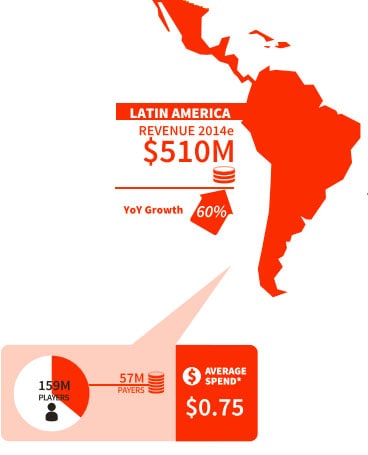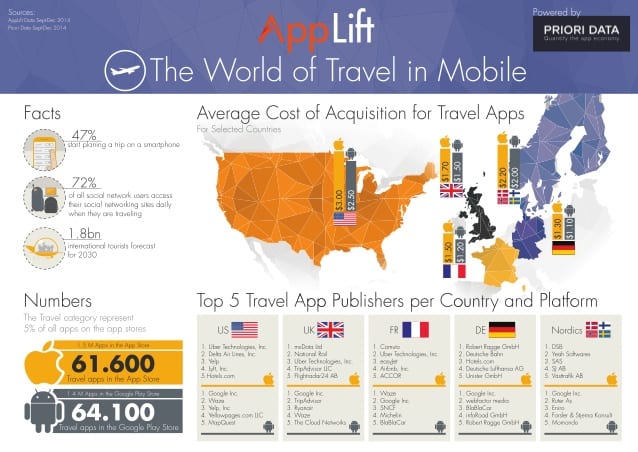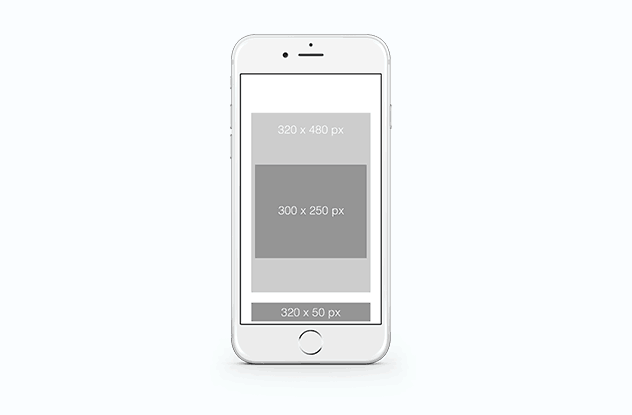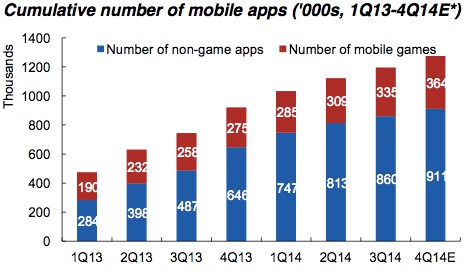The mobile app ecosystem has gone through a rather solid and steady growth since the launch of the Apple App Store seven years ago, and so did the products and marketing associated with it. Shortly after the launch of the App Store, a “land grab” playground arose, where lots of companies – especially gaming companies, such as Rovio or King – found success in a very short amount of time. Today, over 3 millions of apps are available to the end customers across the stores, which makes discoverability extremely hard. Mobile app developers need a really high value proposition to attract users to their products.
In mature markets such as US, current trends show that people use a decreasing amount of applications, but spend more time in those fewer apps. In other words, users dedicate less time to a limited amount of apps. Many studies and surveys back this phenomenon: in June 2015, Nielsen revealed that “70% of the time spent is done within the top 200 applications”.









